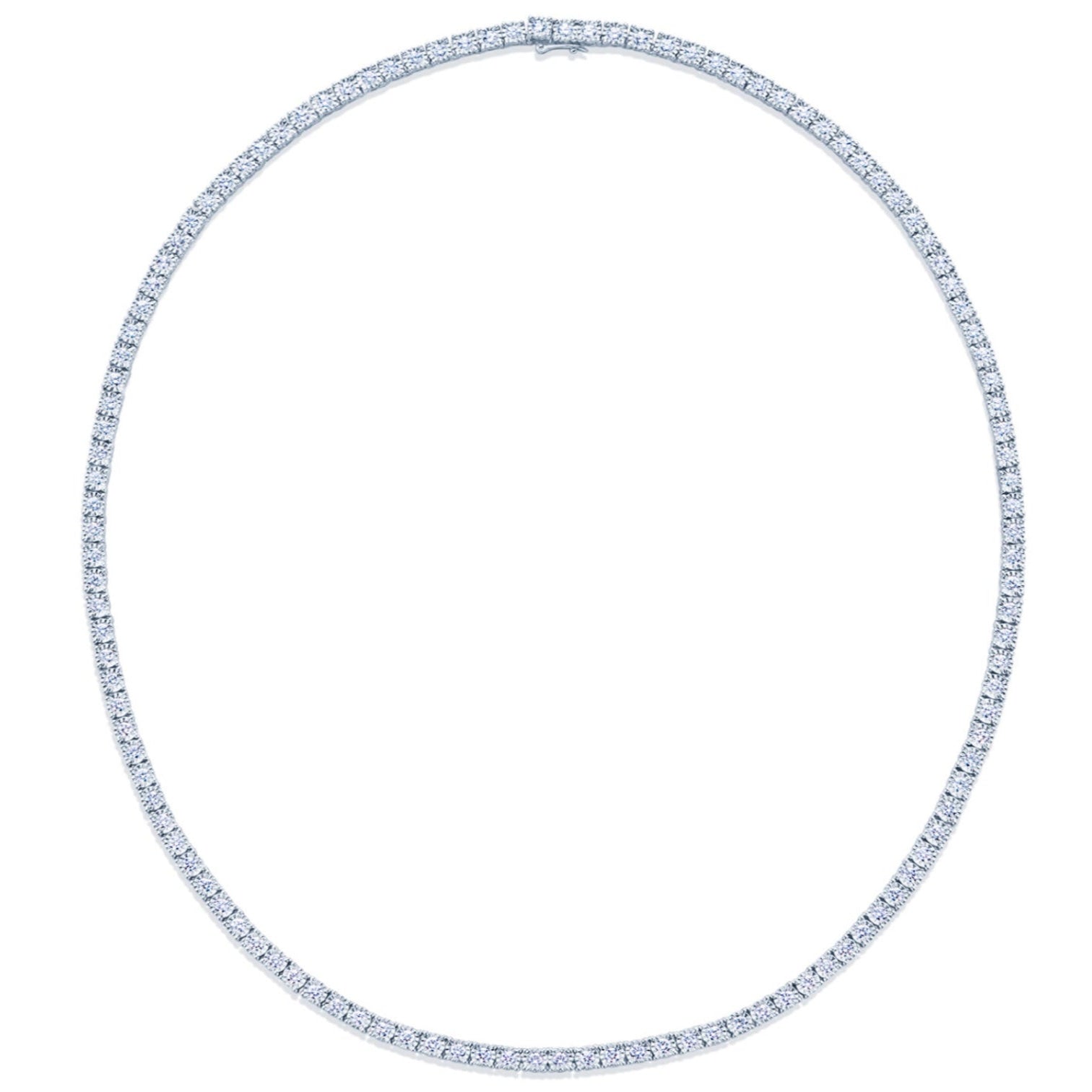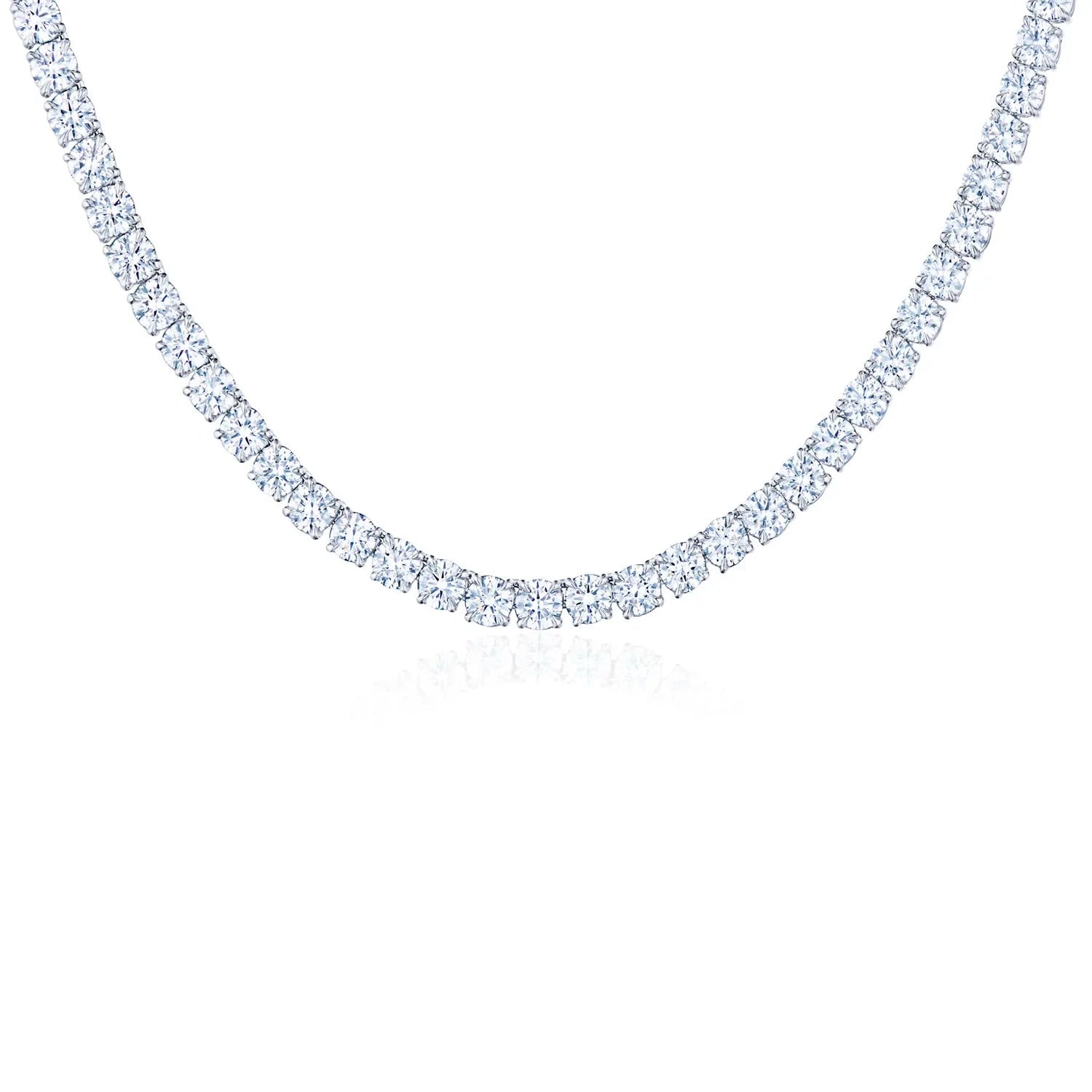Platinum is often chosen for its strength and enduring beauty, making it a preferred metal for significant jewelry pieces like wedding bands and engagement rings. At Springer's Jewelers, we value the trust our customers place in us to provide not only stunning jewelry but also the knowledge to care for it. Let's dive deeper into the nature of platinum and its resistance to scratches.
The Properties of Platinum
Platinum is a dense, heavy metal with a naturally white sheen that does not fade or tarnish over time. Its density contributes to its durability, making it less susceptible to wear and tear compared to other precious metals. However, this doesn't make it immune to scratches.
Scratches and Platinum's Surface
- Microscopic View: On a microscopic level, when platinum is scratched, the metal is not lost but merely displaced. This means that, unlike softer metals, platinum's volume and weight remain relatively constant over time, even with scratches.
- Patina Development: The accumulation of fine scratches over time leads to the development of a patina, a matte finish that many find appealing for its antique look. This patina is a sign of platinum's authenticity and durability.

Comparing Platinum to Other Metals
- Gold: Gold, especially higher karat gold, is softer than platinum and more prone to scratching and denting. Platinum's density provides a more secure setting for diamonds and gemstones.
- White Gold: White gold is often coated with rhodium to achieve a bright white finish. Over time, this coating can wear off, revealing the yellowish hue of the gold alloy beneath and requiring re-plating. Platinum, on the other hand, maintains its natural white color indefinitely.
- Tungsten: Tungsten is harder than platinum and more resistant to scratches. However, it is brittle and can crack under pressure, whereas platinum can withstand significant stress without cracking.
Professional Repair
Platinum's reputation as a premier choice for fine jewelry is well-deserved, given its durability, natural white luster, and timeless appeal. However, to ensure that your platinum pieces retain their beauty and structural integrity, professional care and repair are paramount.

Professional Polishing
Restoring Shine
Over time, platinum jewelry can develop a patina from minor scratches and wear. Professional polishing by an experienced jeweler can effectively remove these surface scratches, restoring the metal's original shine and brilliance.
Technique
Polishing platinum requires specific techniques and materials to achieve the desired finish without removing excessive metal. Jewelers use fine abrasives and polishing compounds specially formulated for platinum to achieve a smooth, lustrous surface.
Frequency
The frequency of professional polishing depends on how often the jewelry is worn and exposed to potential abrasion. For pieces worn daily, such as wedding bands, annual polishing is recommended to maintain their luster.

Reconditioning
Assessment
When platinum jewelry sustains deeper scratches or damage, a professional jeweler will first assess the extent of the wear and determine the appropriate reconditioning method.
Reconditioning Process
Reconditioning may involve more intensive polishing, smoothing out deeper scratches, or even rebuilding areas of the jewelry that have been significantly worn down. This process requires precision and expertise to ensure that the piece's original design and integrity are preserved.
Restoration
In some cases, reconditioning can also include restoring intricate details, such as engraved patterns or milgrain edges, that may have become worn or less defined over time.
Regular Professional Inspections
Checking Prongs and Settings
Regular inspections by a professional jeweler are crucial to ensure that the prongs and settings holding precious stones are secure. Platinum's durability makes it an excellent choice for setting diamonds and gemstones, but even the strongest settings can become loose with wear.

Preventive Maintenance
During an inspection, the jeweler can identify and address any potential issues, such as bent prongs or weakened areas, before they lead to the loss of a stone.
Recommendations
Based on the inspection, the jeweler may recommend specific repairs or adjustments to ensure the longevity and safety of your platinum jewelry.
Personal Care Tips
To minimize scratches and maintain the beauty of your platinum jewelry, consider the following tips:
- Daily Wear: Be mindful of your activities while wearing platinum jewelry. Remove rings when doing manual work or handling abrasive materials.
- Cleaning: Use a soft cloth and a mild soap solution to clean your platinum pieces gently. Avoid harsh chemicals.
- Storage: Store platinum jewelry separately from other pieces to prevent scratches. Use a soft-lined jewelry box or individual pouches.
Conclusion
Platinum's durability and timeless beauty make it an excellent choice for cherished jewelry pieces. While it can be scratched, its unique properties ensure that it remains a symbol of enduring elegance. At Springer's Jewelers, we are dedicated to providing you with exquisite platinum jewelry and the expertise to care for it. Visit us to explore our collection and learn more about how to keep your platinum pieces looking their best for generations to come.










